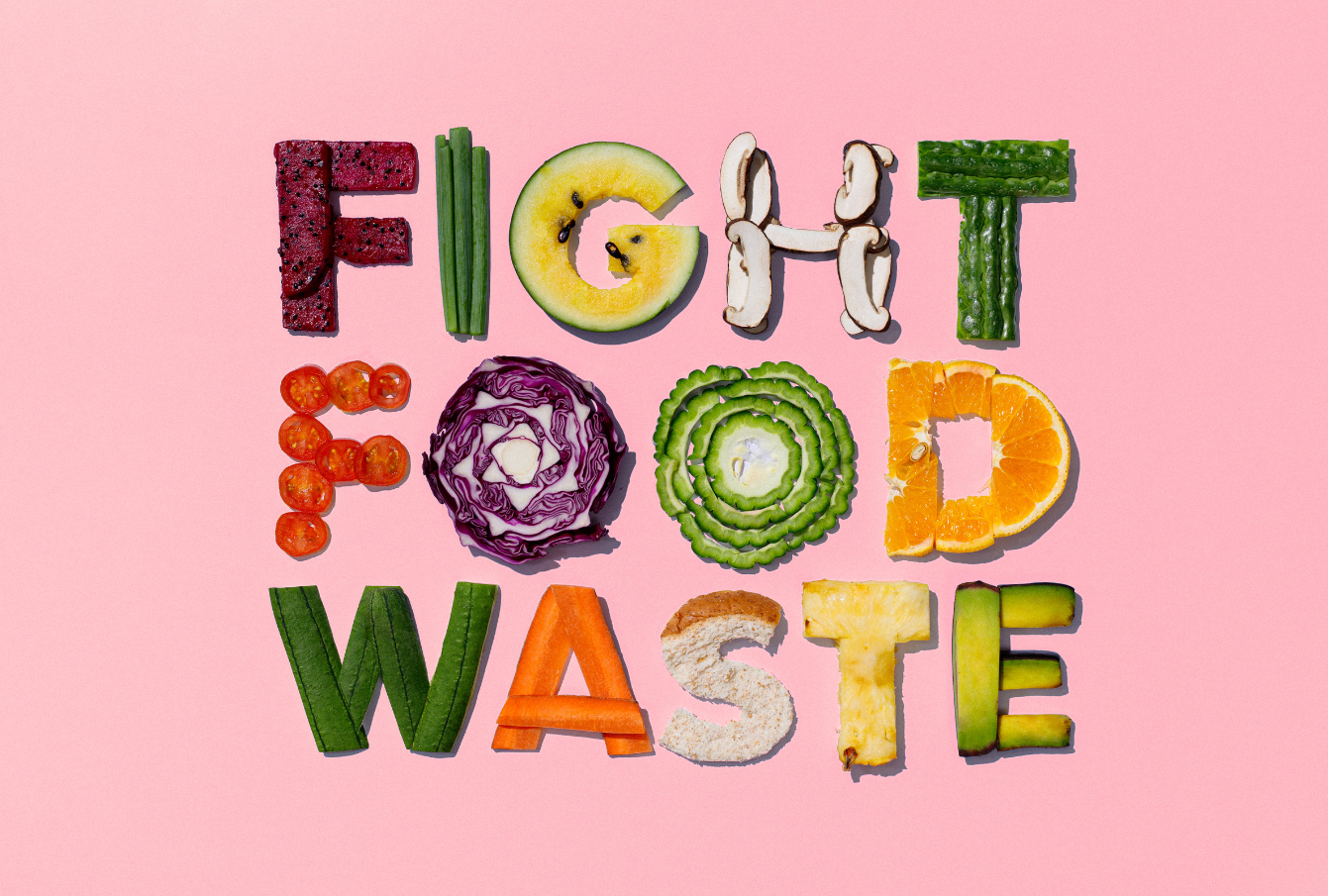 Application of circular economy in Italian agriculture
Application of circular economy in Italian agriculture
Italy and Circular Agriculture: specialized in Biogas, bioplastic, biomaterials and Smart Technologies.
Agriculture is a breeding ground for the circular economy: urban, livestock, food and crop waste, a renewable mine for the recovery of elements that play a central role for the soil such as phosphorus, nitrogen and potassium, but also biogas and soil improvers, arrive from the primary sector.
Using agricultural waste, it is possible to reduce CO2 emissions caused by the production of mineral fertilizers and to produce soil improvers and fuels from renewable sources.
Italy is in pole position in the European rankings of the overall circularity index, considering the degree of efficient use of resources, use of second raw materials and innovation in the production, consumption, and waste management categories.
In particular, Italy is strongly specialized in the production of Biogas, bioplastic, biomaterials from agricultural waste and Smart Technologies for precision agriculture.
- Biogas
Italy is a country at the forefront of the biogas sector and the numbers bear witness to this: with an installed electricity capacity of about 1,200 Megawatts, equal to a production of 2.4 billion cubic meters of natural gas per year, we are one of the main producers of biogas in agriculture, fourth in the world after Germany, China and the United States. The data provided by the Italian Biogas Consortium shares how the sector is constantly evolving: in Italy more than 1,500 biogas plants are operational, of these 1,200 in the agricultural field and the objectives see Italy potentially able to produce in 2030 “up to 8.5 billion cubic meters of biomethane, equal to about 12-13% of the current annual natural gas needs”. In addition, the biogas-biomethane supply chain also allows positive impacts on employment: with 6.7 employees per MW installed, it is the “sector with the highest employment intensity among renewables”, able to favor “the creation of over 12 thousand jobs”. - Bioplastics and biomaterials from agri-food waste
More and more universities and research institutes are contributing to the development of biopolymers obtained from agri-food waste that can become real resources. When obtained from renewable sources, in fact, bioplastic does not compete with food supply chains and has the advantages of being biodegradable, not using petrochemical processes and guaranteeing the same thermomechanical properties as traditional plastics. - Agriculture 4.0
Between experimentation and structured investments, the turnover of Agriculture 4.0 in Italy reached 450 million euros with a growth of 22% on an annual basis. It is the set of latest generation technologies, also used jointly, to improve crop yields and sustainability, the quality of end products and working conditions. Agriculture 4.0 also improves the efficiency of the distribution chain and collects and analyzes data on the production process. This data can be the basis for achieving or consolidating a competitive advantage. Sometimes the use of the latest generation technologies is also adopted to pursue old economy objectives but always current such as cost reduction. Italy has great technological potential in the agricultural field but has trouble applying their knowledge. The Italian agriculture sector is mainly composed of medium-small producers, so the initial investment for the transition represents a great step. The North-Italian Region Lombardy represents the territory with the highest concentration of studio projects and companies in the field of precision farming technologies.





